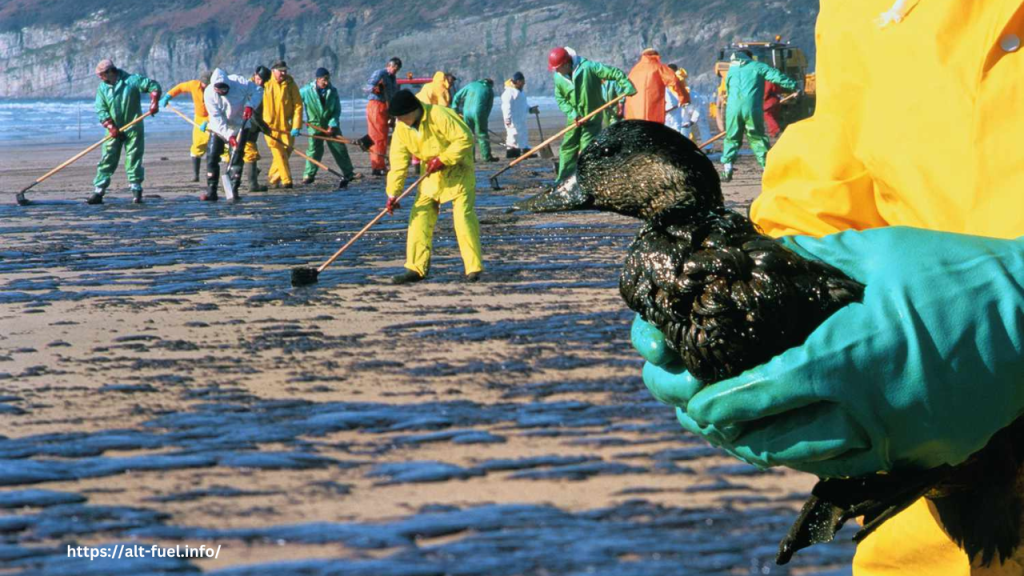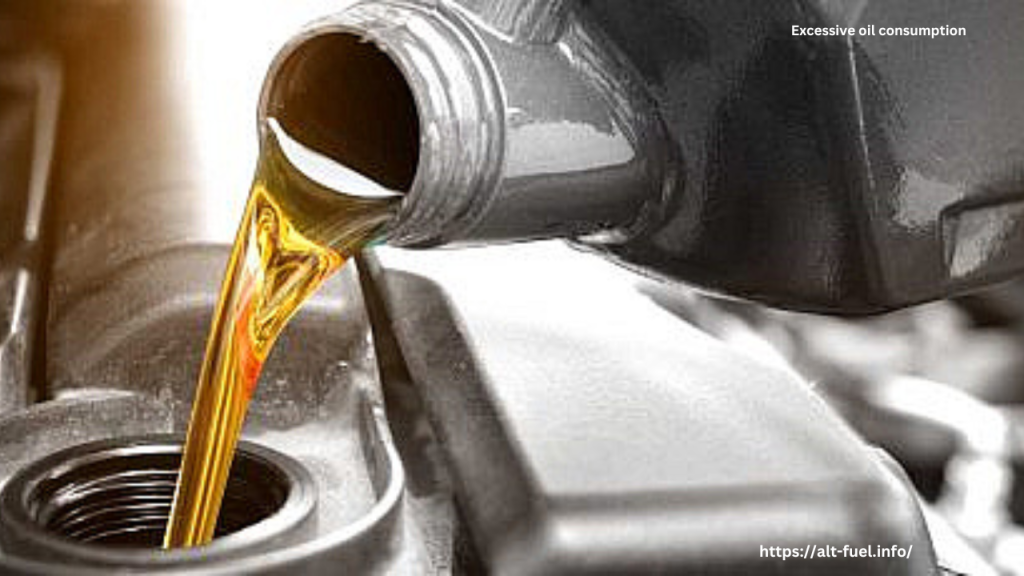
Excessive oil consumption in North America presents a serious challenge for environmental sustainability, economic stability, and public health. With transportation, industry, and power generation still heavily reliant on fossil fuels, North America remains one of the world’s largest consumers of oil. As the effects of climate change grow more severe and global markets shift toward cleaner alternatives, it’s clear that public policy must play a central role in steering the region toward a more sustainable energy future. Several targeted policy solutions can help reduce oil consumption and promote long-term resilience.
1. Phasing Out Fossil Fuel Subsidies
One of the most effective steps governments can take is to eliminate subsidies for oil and gas companies. These subsidies—often in the form of tax breaks, grants, or regulatory leniency—artificially lower the cost of oil production and consumption, encouraging continued overuse. Redirecting these funds toward renewable energy projects, electric vehicle infrastructure, and energy efficiency programs would not only reduce emissions but also stimulate innovation and job growth in clean energy sectors.
2. Implementing Carbon Pricing
A well-designed carbon pricing system, such as a carbon tax or cap-and-trade program, internalizes the environmental costs of fossil fuel use. By making oil consumption more expensive in proportion to its carbon footprint, carbon pricing encourages businesses and consumers to adopt cleaner alternatives. Canada has already implemented a national carbon pricing system, and similar policies in U.S. states like California have shown promising results. Expanding these efforts across North America could drive significant reductions in oil use.
3. Strengthening Fuel Efficiency Standards
Improved fuel economy standards for vehicles can have an immediate impact on oil consumption. By requiring automakers to produce more fuel-efficient cars, trucks, and SUVs, governments can help reduce the overall demand for gasoline and diesel. Updating standards regularly to reflect technological advances ensures continual progress. Pairing these mandates with incentives for electric vehicle (EV) production and adoption can accelerate the shift away from oil-powered transportation.
4. Investing in Public Transportation and Infrastructure
Expanding and modernizing public transit systems is crucial for reducing oil dependence, particularly in urban and suburban areas where car travel dominates. High-quality, affordable transit options reduce the need for personal vehicle use, cutting both emissions and fuel consumption. At the same time, investments in biking infrastructure, pedestrian-friendly city planning, and rail systems for freight can collectively reduce transportation’s oil footprint.
5. Supporting Clean Energy Research and Development
To reduce reliance on oil, North America must prioritize research and development in renewable energy technologies, battery storage, and alternative fuels. Public funding for universities, national labs, and private sector collaborations can accelerate breakthroughs that make clean energy more affordable and accessible. Policy frameworks that support pilot programs and commercialization efforts can help bring these innovations to scale.
Conclusion
Public policy holds the key to curbing excessive oil consumption in North America. Through a combination of regulatory reforms, targeted investments, and market-based incentives, governments can lead the transition to a cleaner, more resilient energy system. These strategies not only address the environmental harms of oil use but also strengthen economic competitiveness and protect public health in the face of a rapidly changing world.








